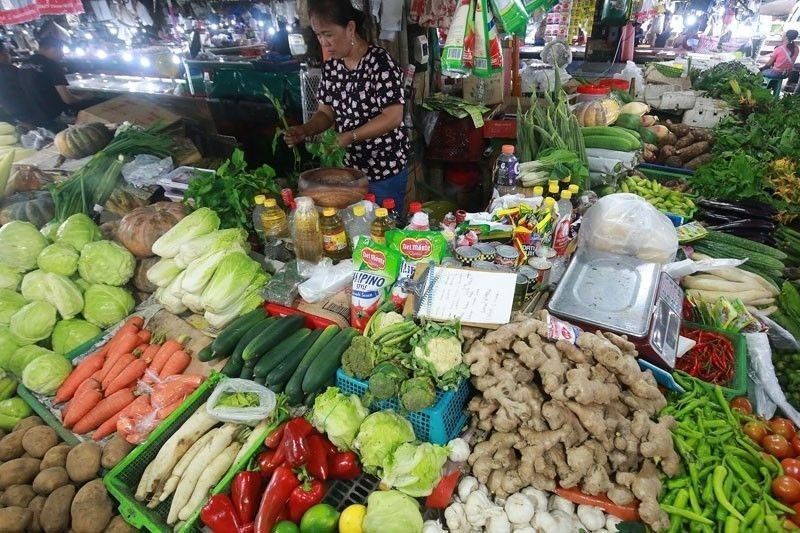Philippines: Inflation slows to 1.7% in Aug
MANILA, Philippines — Growth in consumer prices decelerated to 1.7 percent in August, the lowest in almost three years, mostly due to the continued slowdown in the price hike of the heavily weighted food and non-alcoholic beverages as well as housing and utilities, the Philippine Statistics Authority (PSA) reported yesterday.
The headline inflation rate for the month eased from 2.4 percent in July and 6.4 percent in August 2018. This was the slowest pace since inflation logged in at 1.8 percent in October 2016.
This brings the year-to-date average to three percent, the mid-point of the government’s target range of two percent to four percent for the year. This was also well within the Bangko Sentral ng Pilipinas (BSP) forecast of 1.3 percent to 2.1 percent for the month.
National Statistician Dennis Mapa said the headline rate can be expected to slow down further in the coming months, stabilizing at around two percent taking into consideration possible shocks and the upcoming holiday season.
“We expect it to stabilize at around two percent, depending on the shocks, of course,” he said.
Significant slowdowns were seen in the indexes of food and non-alcoholic beverages; housing, water, electricity, and gas; health; recreation and culture; restaurant and miscellaneous goods and services; as well as transport.
Higher growth, on the other hand, was seen in the indexes of alcoholic beverages and tobacco; clothing and footwear; and education.
Flat growth, meanwhile, was seen in the indexes of furnishing and households equipment as well as communication.
Growth in the prices of food and alcoholic beverages decelerated to 0.6 percent in August from 1.9 percent in July, largely due to the continued slowdown in increments in rice, corn, meat, fish and vegetables.
Rice prices further declined by 5.2 percent in August from a decline of 2.9 percent in July, the fourth consecutive month of negative growth for the staple and the fastest pace of decline so far this year.
Mapa said this decline takes into consideration the national average in the drop of retail prices for rice.
Transport prices likewise declined by 0.2 percent in August, reversing the 0.7 percent hike in July.
Faster decline was seen for fuel for personal transport, while slower growth was seen for jeepney fare, bus fare taxi fare, and tricyle fare.
Mapa said the transport index reflected base effects from last year when fuel prices were higher.
Slower growth in prices were seen both in the National Capital Region (NCR) and areas outside NCR (AONCR).
Inflation in NCR slowed down to 1.4 percent in August from 2.3 percent in July.
In AONCR, rise in consumer prices eased to 1.8 percent in August from 2.4 percent in July.
All regions registered slower growth in consumer prices during the month.
The highest inflation remains in MIMAROPA region at 4.6 percent in August, although this has slowed down from 4.9 percent in July.
Mapa said that while this is significantly higher than the national average, this is not seen as a drag to the headline rate as the weight of the regional inflation rate to the national average is miniscule.
The slowest inflation growth in AONCR in August was seen in Zamboanga Peninsula at 0.5 percent, which was slower than 1.4 percent in July.
Source: https://www.philstar.com/business/2019/09/06/1949403/inflation-slows-17-aug#57kI6PSdvjAZcXvi.99


 Thailand
Thailand




